PP Møbler has a history spanning over three generations of skilled craftsmen. The history of the family, the history of the crafts and the history of Wegner.
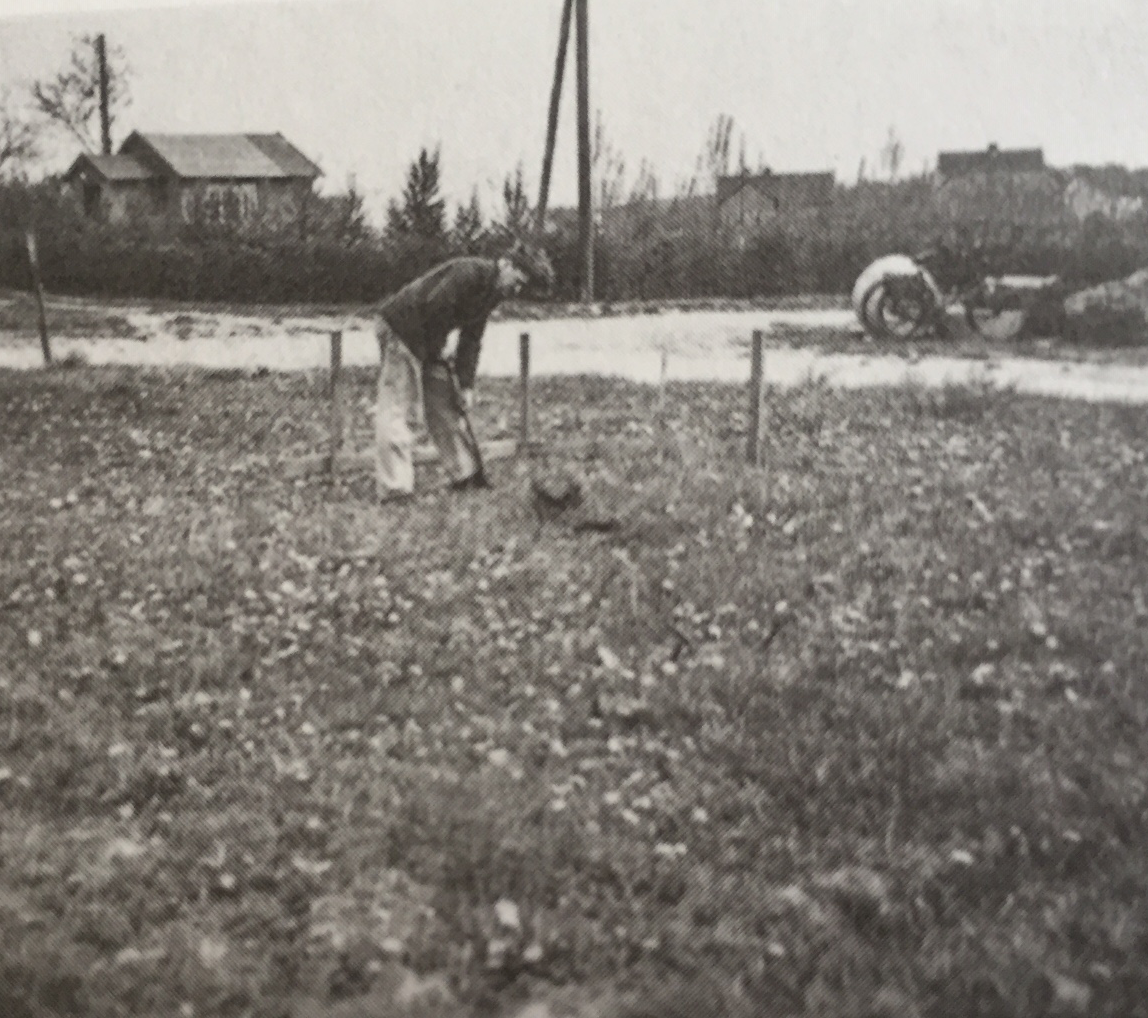 2nd April 1953 Ejnar Pedersen digs the foundation of PO Møbler
2nd April 1953 Ejnar Pedersen digs the foundation of PO MøblerThe story of PP Møbler starts in 1953. Two brothers, Ejnar and Lars Peder Pedersen, only recently graduated as carpenters, wishes to set up a workshop of their own. They buy a small plot of land in Allerød and quickly gather eight young and talented cabinet makers.
Thursday the 2nd of April 1953, Ejnar Pedersen takes the first spit, initiating the building of a workshop measuring 150 m2. Today the workshop has grown to the size of 1800 m2, but the company still resides at the same address.
Setting up a workshop is hard work, as Ejnar and Lars Peder discovers. In the daytime, they work on building the workshop and at night they build furniture in a borrowed workshop. In the beginning, it is especially Ejnars own designs which are being produced. But in a very short time, orders start coming in for products from other designers. The first customers are Bovirke (which at the time are selling furniture by Finn Juhl), the furniture shop William Watting, and A.P. Stolen, for whom PP Møbler produce the lower frame for Hans J. Wegners no 19, The Teddy Bear Chair.
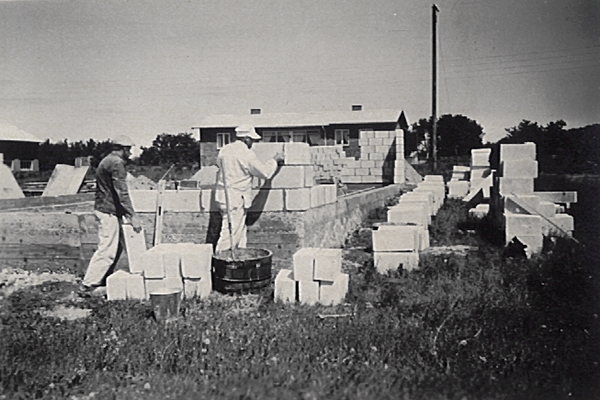
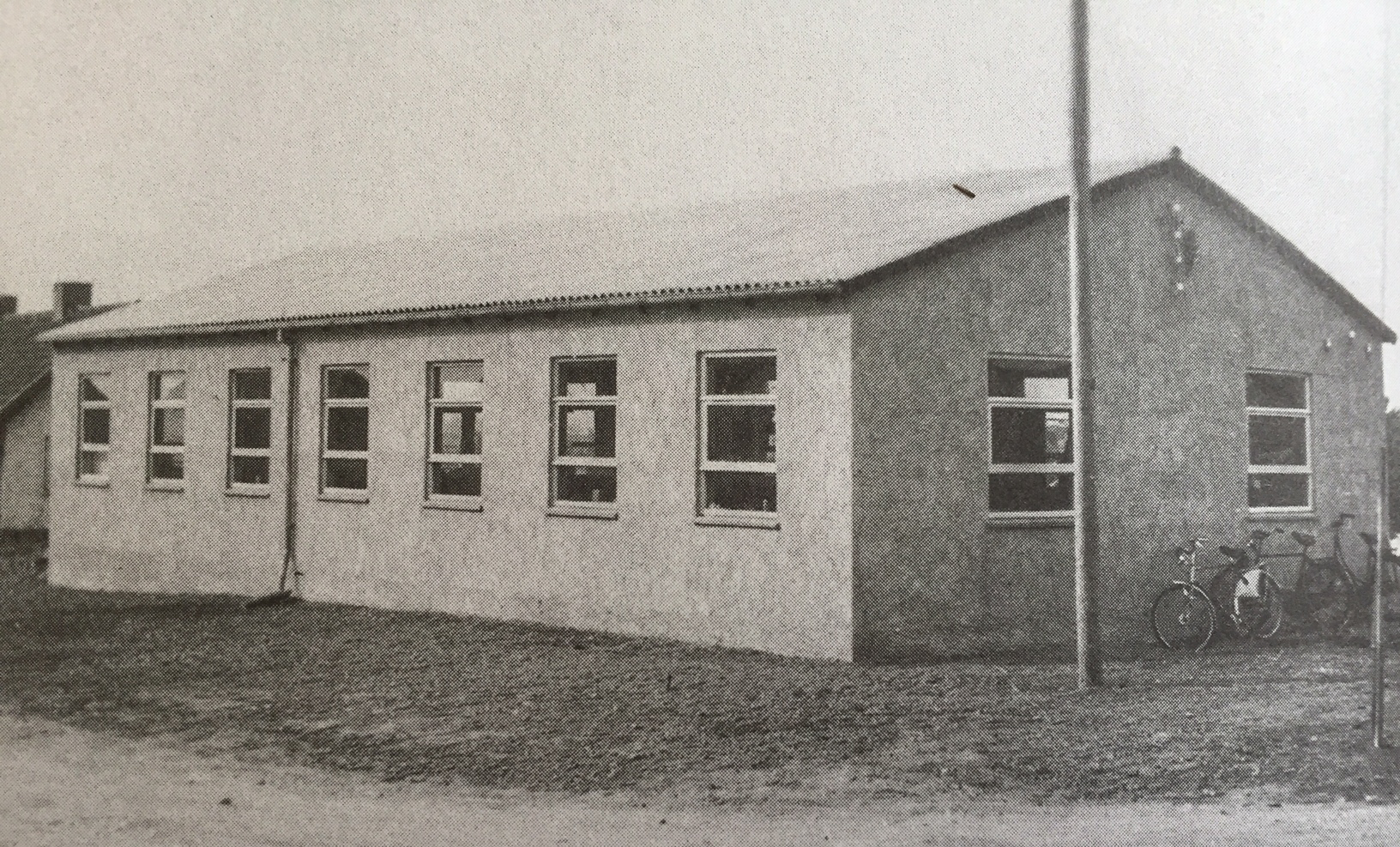
As early as 1955, PP Møbler embrace the more experimental sides to cabinet making – and not least the possibilities of wood, which has been characteristic for the workshop ever since. Together with artist, Gunnar Aagaard some highly interesting prototypes are developed. As such, this is the beginning of the extensive developmental work with designers and artists, which has set some remarkable marks in Danish design history.
In 1956, PP Møbler extends for the first of seven times by adding a 150 m2 machine workshop. The year after, the first journeyman, Ove Metysia, completes his apprenticeship at the workshop, receiving a silver medal for his final project.
By the end of the 1950’s, PP Møbler has established itself in Denmark as a serious and innovative workshop. And in the 1960’s manages to start an actual cooperation with the Danish architect, Hans J. Wegner. Together they develop the prototype for the Ox-chair, which today is manufactured by Erik Jørgensens Møbelfabrik A/S. The following years, from 1962 to 1968, the cooperation continues, creating many exciting prototypes, which go into production at other workshops and factories, mainly at Getama and AP Stolen.
After years of successful cooperation throughout the 1960’s, Wegner draws his first chair for PP Møbler, PP 203, which is launched in May 1969.
An important reason for Wegners recognition is PP Møblers uncompromising attitude to quality and materials. One anecdote goes that Wegner was not too concerned about the perfection of the lower frame for The Teddy Bear Chair, since most was to be covered by upholstery. Ejnar responded by stating that the journeymen also needed to find pride in their craft. Besides, the company would not send second-rate craftsmanship on the market.
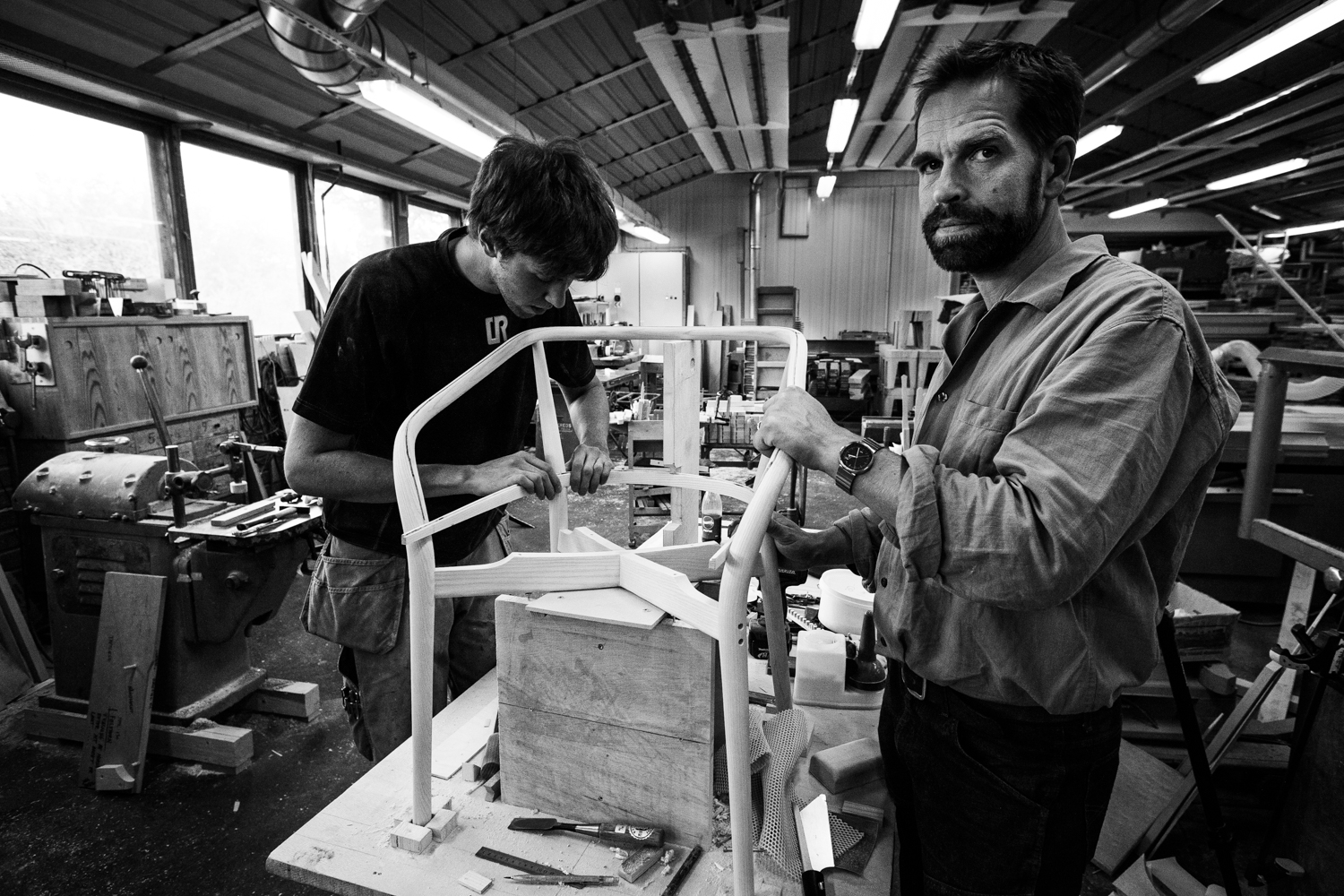
Following the debut of the Round Chair, Wegner went through several distinct phases in seeking an adequate and healthy support for the back. In the 1950’s Wegner conducted pioneering multi disciplined studies on ergonomics with Consultant, Professor and Doctor of Medicine Egill Snorrason PhD.
The studies were based on X-ray images of the human spine and revealed new insight into the laws of ergonomics. As a statement on the results of the studies Wegner created the Swivel Chair.
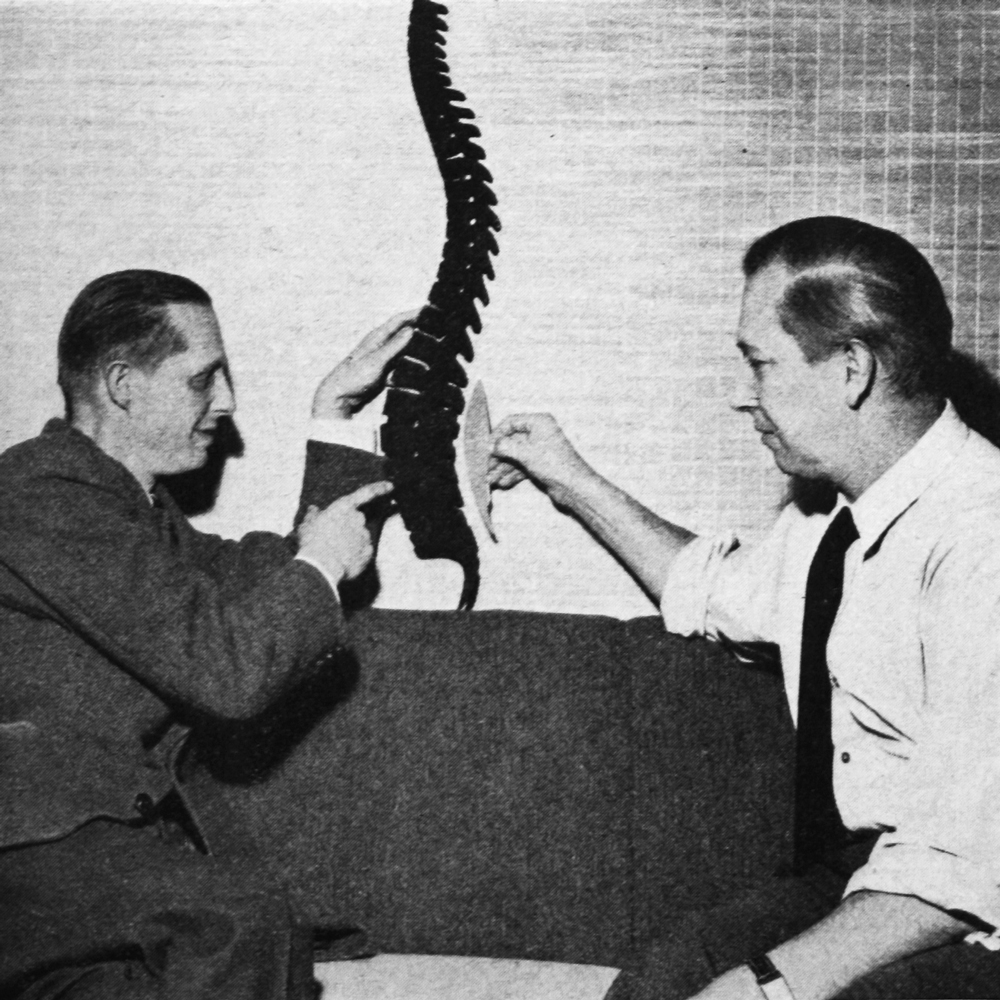
The illustration dated 1953 shows the basic conclusions of Wegner’s pioneering studies on ergonomics:
1. Standing position
2. Wrong sitting position
3. Right sitting position.
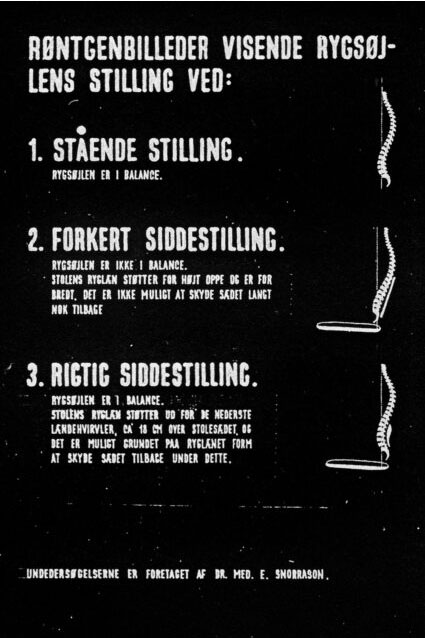
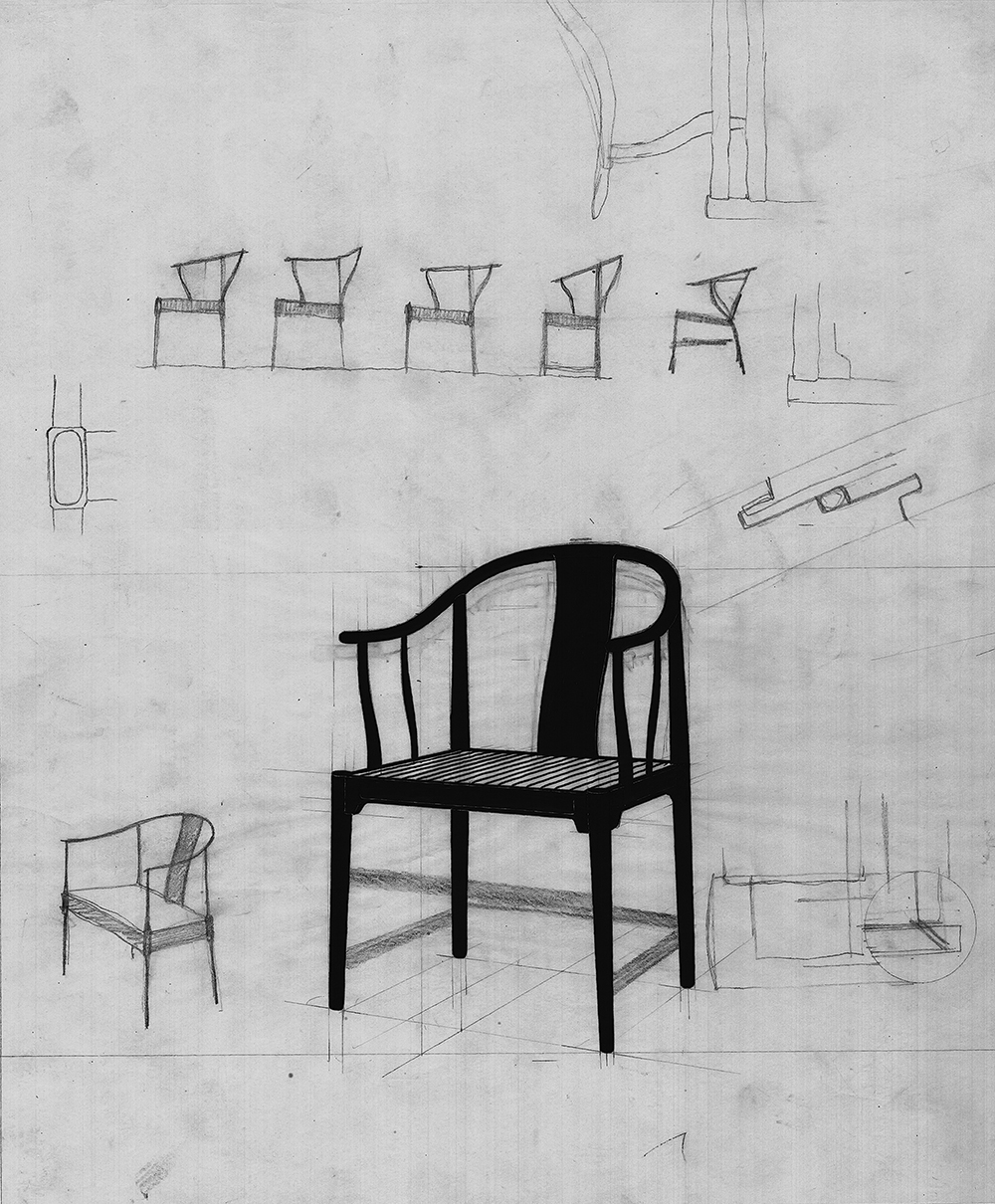
The history of the designs produced by PP Møbler that are derived from Wegner’s study of Ming dynasty chairs is an evolutionary story, spanning more than forty years, told through variations on the theme of the ergonomic round back arm chair.
Each chair has its own individual character, purpose and technical challenges. Nevertheless, they are each a clear result of the experience Wegner gained from earlier versions. Common to all of them was the omission of the vertical upright or splat back support of the Chinese chairs as it proved to counteract proper ergonomics.
“It’s important to have plenty of space for the behind”, Wegner often explained.
From the organically shaped back supports of the Round, Cow Horn and Swivel Chairs carved in large pieces of solid timber offering abundant comfort, Wegner gradually reduced the use of wood in his designs exemplified in the Bull Chair and the Minimal Chair.
Subsequently, in creating the pp201 | pp203, Wegner returned to the geometric form of the Chinese Chair with a frame and steam bent arms supporting the back while staying true to correct ergonomic principles. With the Captain’s Chair, Wegner increased the comfort reminiscent of the Round Chair.
Finally, in the pp68 | pp58, Wegner distilled the experience of a lifetime to create a simple yet supremely comfortable chair using a single piece of steam bent wood sculptured to support the back.
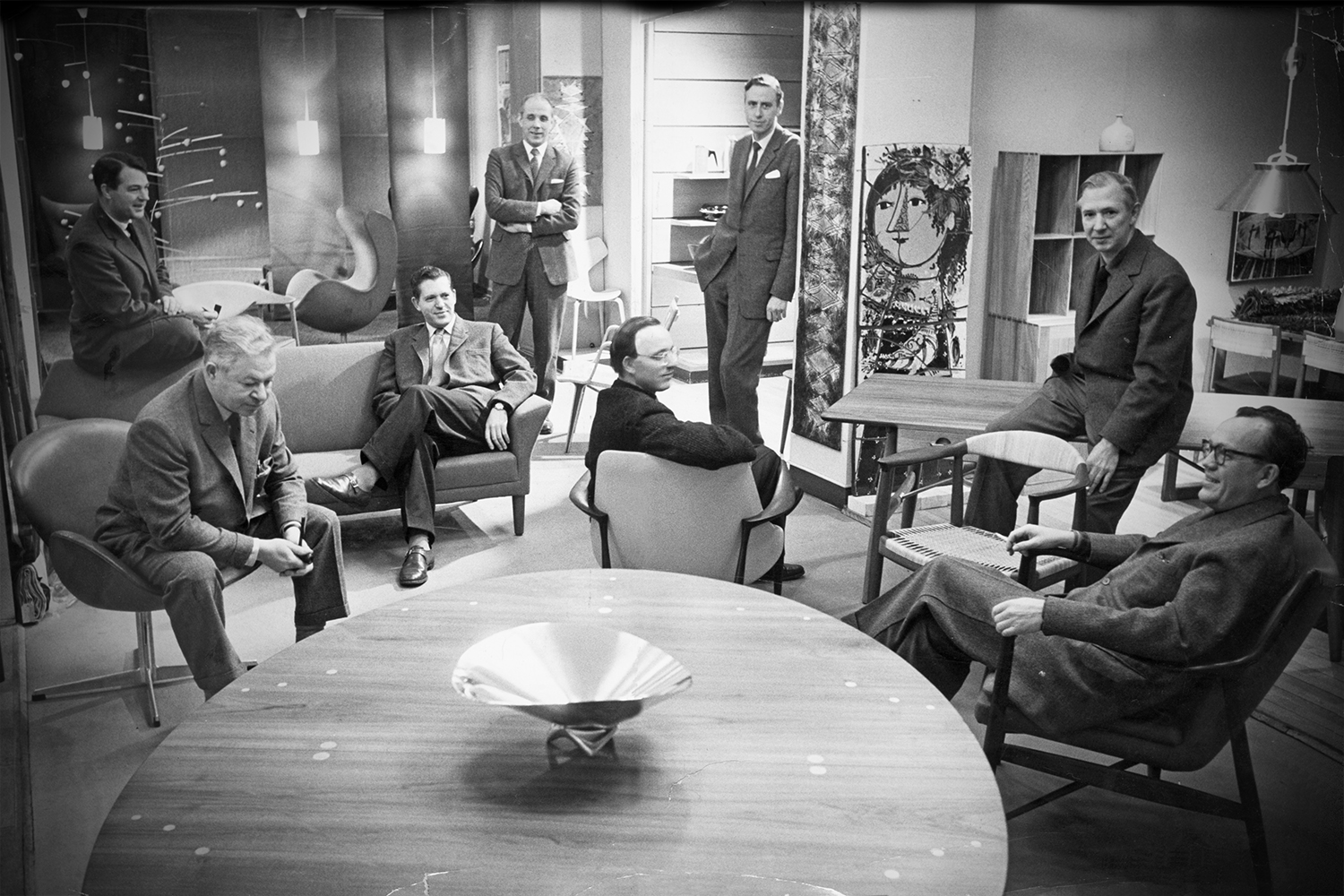
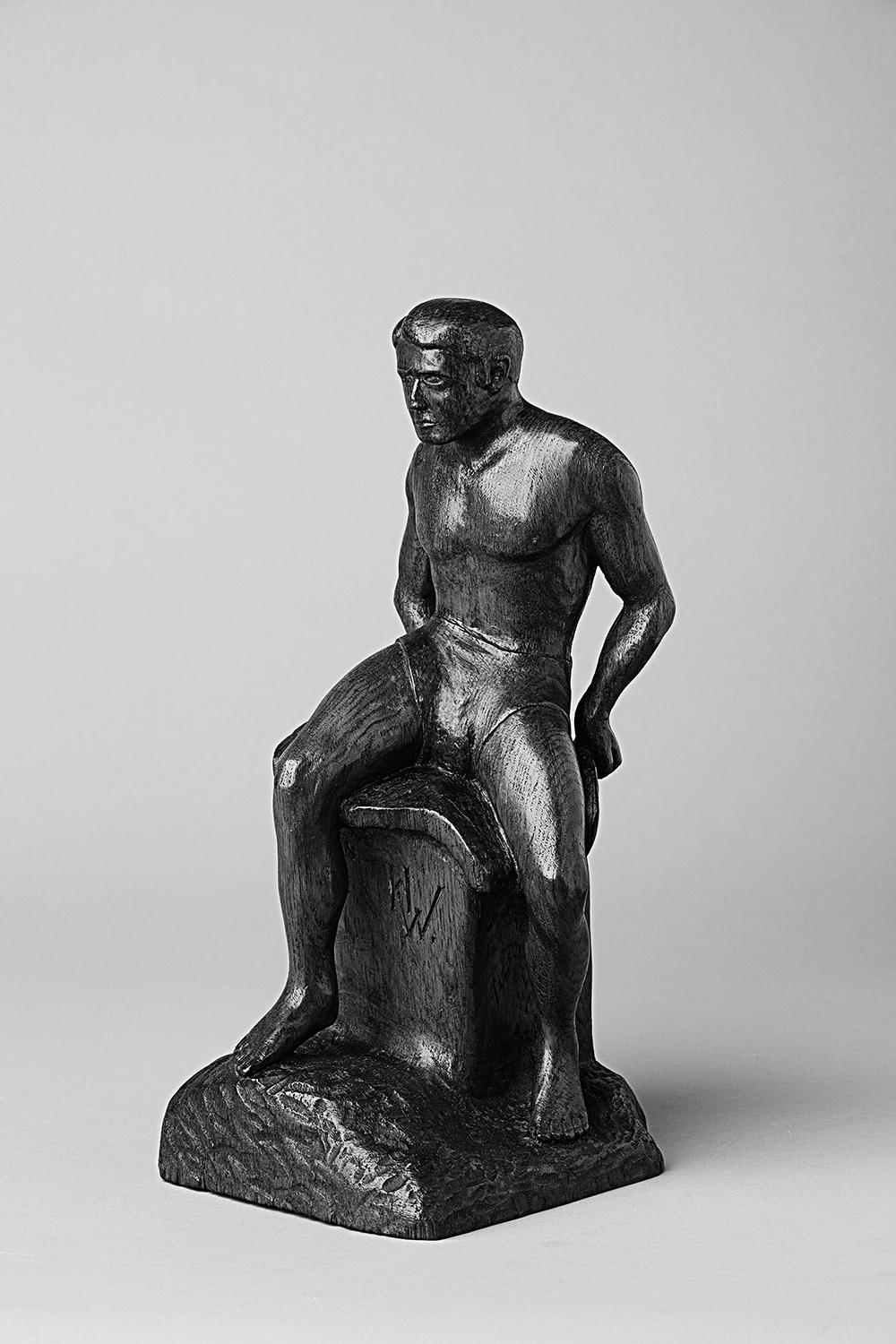
Early works of Wegner furniture.
PP Møbler is a family owned workshop for wood furniture. Founded in 1953 we have a strong tradition for making designer furniture of superb quality.
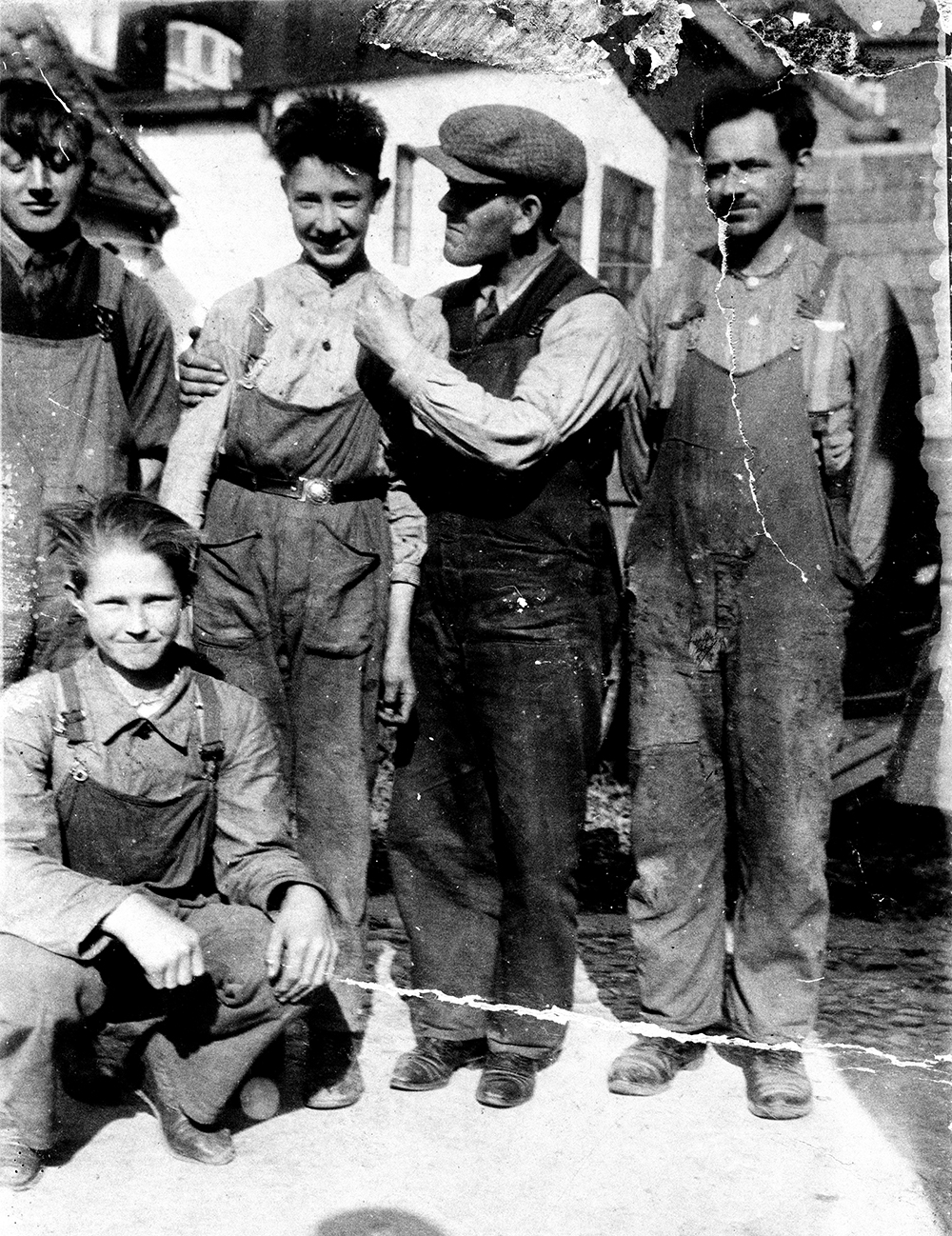
Together they develop the prototype for the Ox-chair, which today is manufactured by Erik Jørgensen’s Møbelfabrik A/S. The following years, from 1962 to 1968, the cooperation continues, creating many exciting prototypes, which go into production at other workshops and factories, mainly at Getama and AP Stolen.

After years of successful cooperation throughout the 1960’s, Wegner draws his first chair for PP Møbler, PP 203, which is launched in May 1969. An important reason for Wegner’s recognition is PP Møbler’s uncompromising attitude to quality and materials. One anecdote goes that Wegner was not too concerned about the perfection of the lower frame for The Teddy Bear Chair, since most was to be covered by upholstery. Ejnar responded by stating that the journeymen also needed to find pride in their craft. Besides, the company would not send second-rate craftsmanship on the market.
The well-known Danish architectural critic, Henrik Steen Møller has expressed the following about PP Møbler attitude to their craft, which Wegner discovered in the 1960’s: ‘The workshop in Allerød has several trademarks: Quality in the true sense of the word, meaning from idea over material to execution and result…’ (exxperiments p. 9).
Cooperating with Wegner, PP Møbler embarked on a new, constructive expansion period in the beginning of the 70ies. The company expanded the joining workshop with 400 m2 in 1972. This was the fourth expansion – the second took place in 1961, with 400 m2 being added to the machine workshop, and the third in 1965 where all buildings were integrated making the company work under one roof. 1972 was a busy year. The workshop takes over several Wegner models from Andreas Tuck, and the company’s production rises to the extent where the first full-time salesman, Gerhard Olsen is hired.
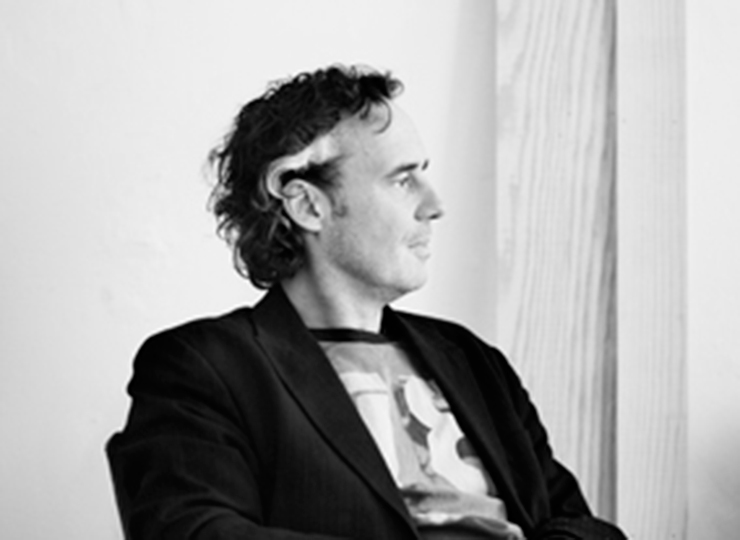
With the new forest PP Møbler also wishes to honour the proud traditions for fine furniture making within the town of Allerød. For though PP Møbler is now the only company with furniture production in Allerød, this particular town has been hosting the productions of some of the greatest Danish furniture designers such as Hans Wegner, Arne Jacobsen, Finn Juhl, Poul Kjærholm and Nanna Ditzel.
For this reason, all paths in the new “PP Forest” is named after these famous designers, and there will also be two small paths named after designers of the present time, Søren Ulrik Petersen and Thomas Alken that has both designed furniture for PP Møbler.